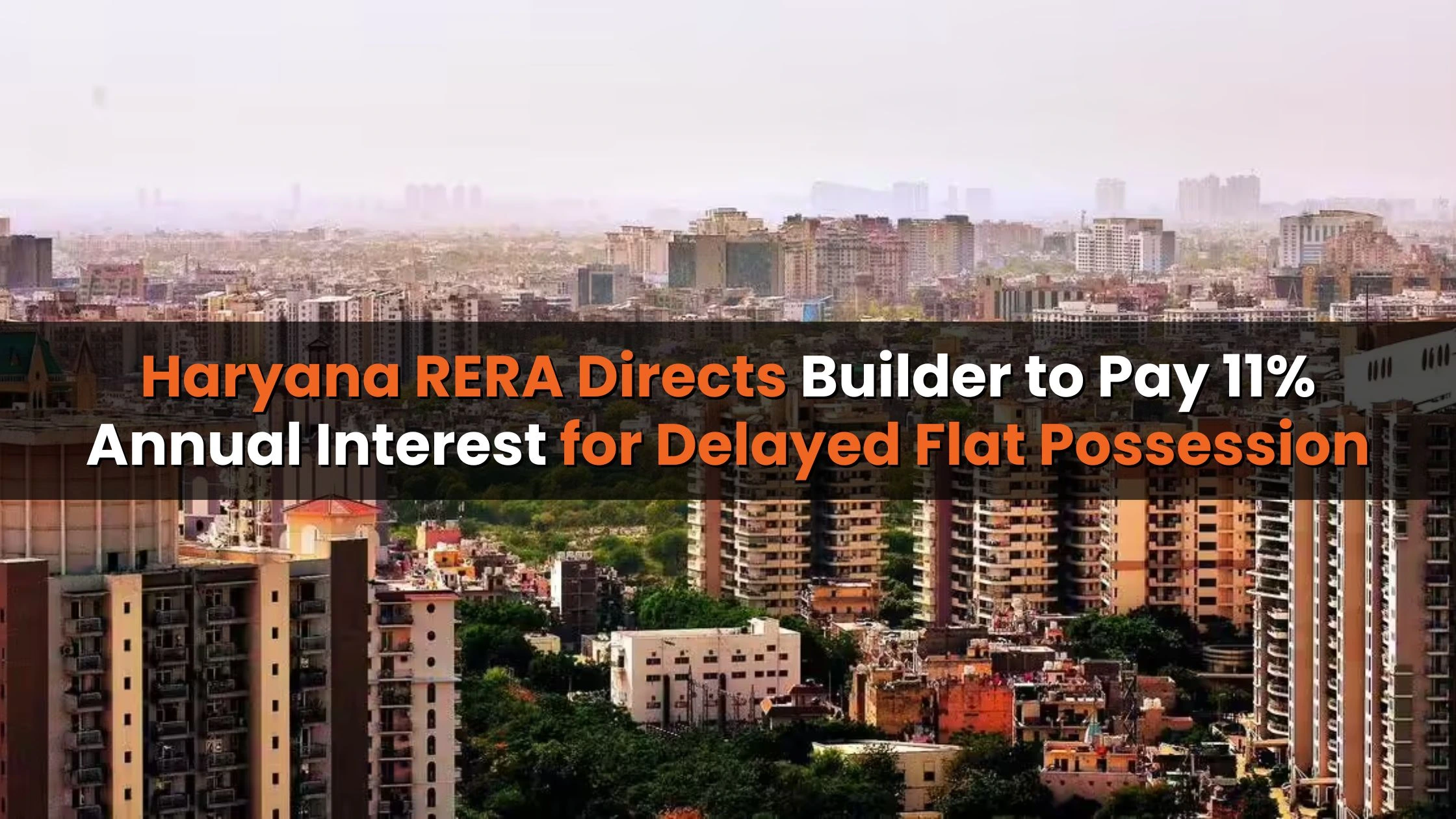Table of Content
- What is a Waqf Board?
- Unprecedented Rise in Waqf Land Holdings
- State-wise Waqf Land Distribution
- List of Major Religious Sites Claimed by Waqf Board
- How Does Waqf Board Land Compare to Other Landowners?
- Why Has the Waqf Land Grown So Rapidly Since 2013?
- The Waqf Amendment Bill 2025: What's Changing?
- Criticism and Legal Challenges
- Conclusion
The Waqf Board, a key religious and charitable institution in India, has emerged as one of the country’s largest landowners. With historical roots and immense religious significance, Waqf Boards manage properties dedicated to the welfare of the Muslim community. Recent developments reveal a massive expansion in the land owned by Waqf Boards a staggering 18 lakh acres acquired in 100 years (1913–2013), and an additional 21 lakh acres in just the last 12 years (2013–2025). This exponential increase has sparked debates, legal scrutiny, and calls for reforms in property management.
What is a Waqf Board?
A Waqf Board is a statutory body that oversees and manages properties donated or "waqfed" (endowed) by individuals for religious or charitable purposes under Islamic law. These properties — ranging from land and buildings to shops and educational institutions — are meant to generate income for mosques, madrasas, orphanages, hospitals, and other welfare activities for the Muslim community.
The Central Waqf Council, established under the Waqf Act of 1995, supervises the functioning of various State Waqf Boards. These boards are responsible for the registration, protection, and administration of waqf properties in their respective regions.
Also Read: Upper Ganga Canal (UGC) Expressway: Key Details and Real Estate Impact
Unprecedented Rise in Waqf Land Holdings
In a recent parliamentary session, Home Minister Amit Shah revealed startling statistics:
- From 1913 to 2013, the Waqf Boards across India had acquired around 18 lakh acres of land.
- In contrast, between 2013 and 2025, an additional 21 lakh acres were registered as Waqf properties.
This takes the total Waqf Board landholding to nearly 39 lakh acres — an area larger than some Indian states and a landholding greater than that of many private institutions or public sector bodies.
State-wise Waqf Land Distribution
According to data released in 2023, India has 872,000+ registered Waqf properties, covering a vast 38–39 lakh acres. Here's a look at some states with major Waqf landholdings:
|
State |
No. of Waqf Properties |
Land (in Acres) |
|
Uttar Pradesh |
2,32,547 |
~5.5 lakh acres |
|
West Bengal |
80,480 |
~2 lakh acres |
|
Madhya Pradesh |
77,407 |
~2.3 lakh acres |
|
Maharashtra |
92,700 |
~2 lakh acres |
|
Tamil Nadu |
63,000 |
~1.5 lakh acres |
|
Karnataka |
54,000+ |
~1.2 lakh acres |
|
Telangana & Andhra Pradesh |
35,000+ combined |
~1 lakh acres |
These numbers reveal the vast influence of Waqf Boards across urban and rural landscapes in India.
Also Read: Ghaziabad Property Owners: Settle 2024-25 Tax Now or Face Penalties
List of Major Religious Sites Claimed by Waqf Board
Some of the claims by the Waqf Board are not just on private or commercial land, but also on important religious and cultural sites. Here are a few examples:
- Sundareswarar Temple, Tamil Nadu – 1,500-year-old temple claimed as Waqf property.
- Uday Pratap College, Varanasi – Renowned Hindu-run institution claimed.
- Lakshman Teela/Teele Wali Masjid, UP – Claimed by Waqf Board amid dispute.
- Christian-dominated Village, Kerala – Entire village claimed as Waqf property.
- Hubli Idgah Maidan, Karnataka – Disputed but ruled as municipal land.
- Bet Dwarka Islands, Gujarat – Hindu pilgrimage site claimed but rejected.
How Does Waqf Board Land Compare to Other Landowners?
With over 38–39 lakh acres under its control, the Waqf Board is the third-largest landowner in India — only behind:
- Indian Railways
- Indian Armed Forces
This massive footprint gives the Waqf Board considerable socio-political and economic influence, especially in areas with significant Muslim populations.
Why Has the Waqf Land Grown So Rapidly Since 2013?
There are multiple reasons behind this sharp rise:
1. Improved Digital Registration: After the Waqf (Amendment) Act of 2013, many states initiated computerization and digitization of Waqf land records, which led to better documentation.
2. Community Awareness: Awareness campaigns encouraged individuals to officially register endowments as Waqf properties for long-term legal protection.
3. Active Identification Drives: State Waqf Boards actively identified and claimed abandoned, donated, or encroached land as Waqf property, leading to a rapid increase.
4. Controversial Claims: Critics argue that some of this land might have been registered through disputed or unclear historical records, leading to legal conflicts.
The Waqf Amendment Bill 2025: What's Changing?
In response to rising concerns about transparency, mismanagement, and disputed land claims, the Indian government has introduced the Waqf (Amendment) Bill 2025. Key provisions include:
- Inclusion of Non-Muslim Members in Central Waqf Councils.
- Dispute Resolution: Central government to have power to decide the ownership in case of land disputes between Waqf Boards and others.
- Audit and Oversight: Stronger mechanisms to monitor financial dealings and property usage.
Supporters say the bill will help curb corruption and reclaim encroached properties. Opponents argue it might undermine minority rights and alter the character of Waqf governance.
Criticism and Legal Challenges
Many Muslim organizations and opposition parties have criticized the amendment as an overreach. The inclusion of non-Muslims in Waqf Councils has been especially controversial. Critics argue:
- It could infringe on the religious autonomy of Muslim communities.
- It may politicize the Waqf Boards, which are meant to function independently.
Several groups are planning to legally challenge the bill, asserting that it goes against the constitutional rights of minorities under Article 26 (freedom to manage religious affairs).
Conclusion
The Waqf Board has witnessed unprecedented growth in its land assets, particularly in the last 12 years. With over 39 lakh acres under its control, its role in urban planning, real estate, community welfare, and religious affairs cannot be ignored.
While modernization and digitization have helped in protecting Waqf land, the recent legislative reforms may redefine how these properties are managed in the future. The way forward must include transparency, community involvement, and legal clarity ensuring that the Waqf system remains both faithful to its roots and efficient in modern times.
Also Read: Housing Sales Grow by 2% in Q1 2025 Across Top 8 Cities Amid Sustained Demand

_1743760941.webp)



_1764657403.webp)


Ans 1. The Waqf Board is a statutory body that manages religious and charitable endowments (Waqf properties) under Islamic law. These properties are used to support mosques, madrasas, orphanages, and community welfare initiatives for Muslims.
Ans 2. As of 2025, the Waqf Board manages around 39 lakh acres of land across India, making it one of the largest landowners in the country.
Ans 3. The rise is attributed to digital registration of properties, increased community awareness, proactive identification drives by Waqf Boards, and in some cases, disputed historical claims.
Ans 4. The 2025 amendment aims to bring more transparency and accountability in Waqf property management. It proposes dispute resolution powers for the central government, inclusion of non-Muslim members in Waqf Councils, and enhanced audit mechanisms.
Ans 5. Top states include Uttar Pradesh (~5.5 lakh acres), Madhya Pradesh, West Bengal, Maharashtra, and Tamil Nadu, each with over 1–2 lakh acres under Waqf control.
Ans 6. Yes. Several Waqf claims have stirred legal and political debates, especially over temples, colleges, and culturally sensitive properties like Sundareswarar Temple in Tamil Nadu and Lakshman Teela in Uttar Pradesh.
Ans 7. Waqf land is religiously endowed property meant for perpetual community welfare under Islamic law. It is distinct from public land and is not supposed to be sold or transferred, except under special circumstances.
Ans 8. Established under the Waqf Act of 1995, the Central Waqf Council monitors the performance of State Waqf Boards and ensures proper administration and protection of Waqf properties.
Ans 9. The Waqf Board is the third-largest landowner in India, following Indian Railways and the Indian Armed Forces.
Ans 10. Critics argue that including non-Muslim members and allowing central intervention in disputes infringes upon religious autonomy and may politicize Waqf governance. Legal challenges based on Article 26 of the Constitution are being considered.